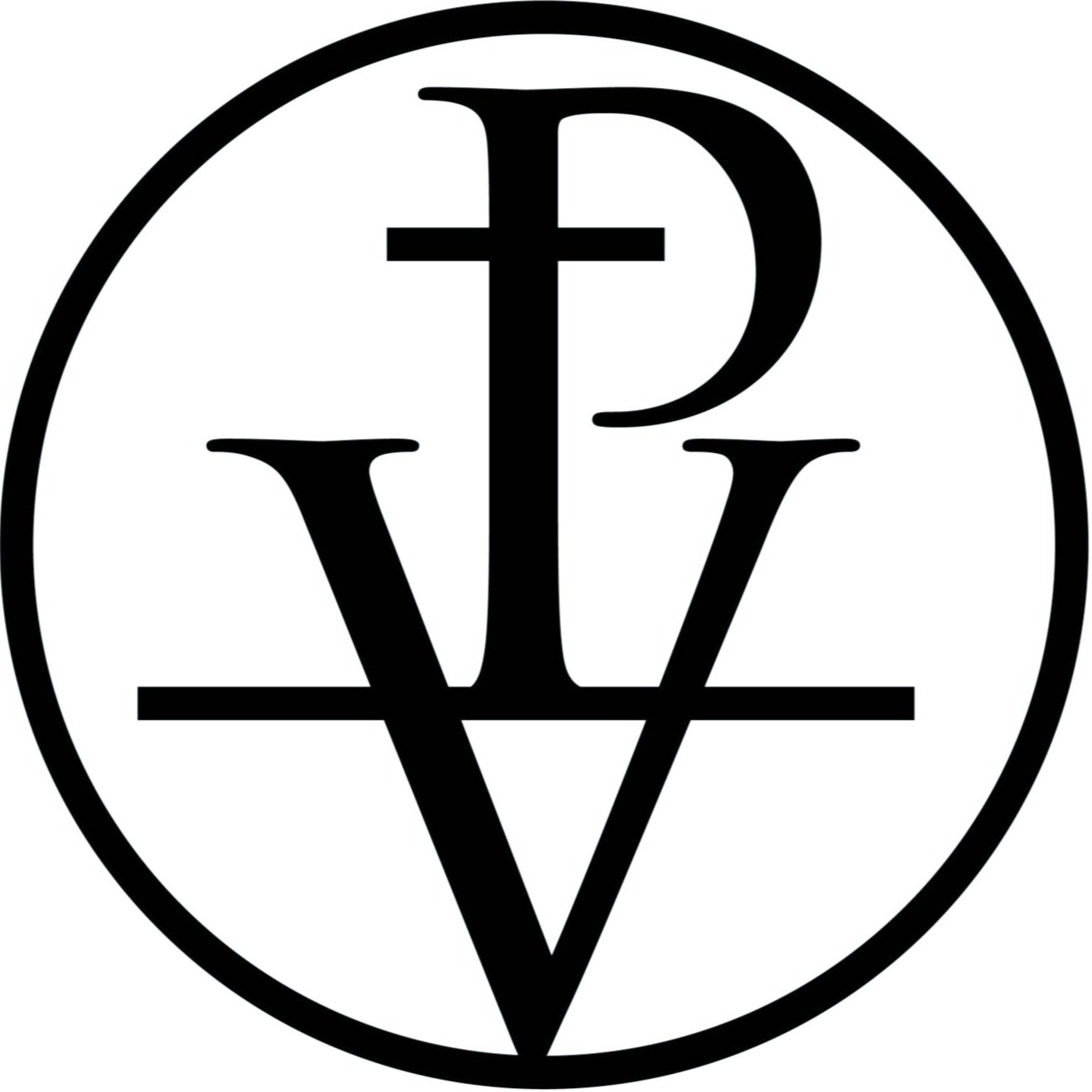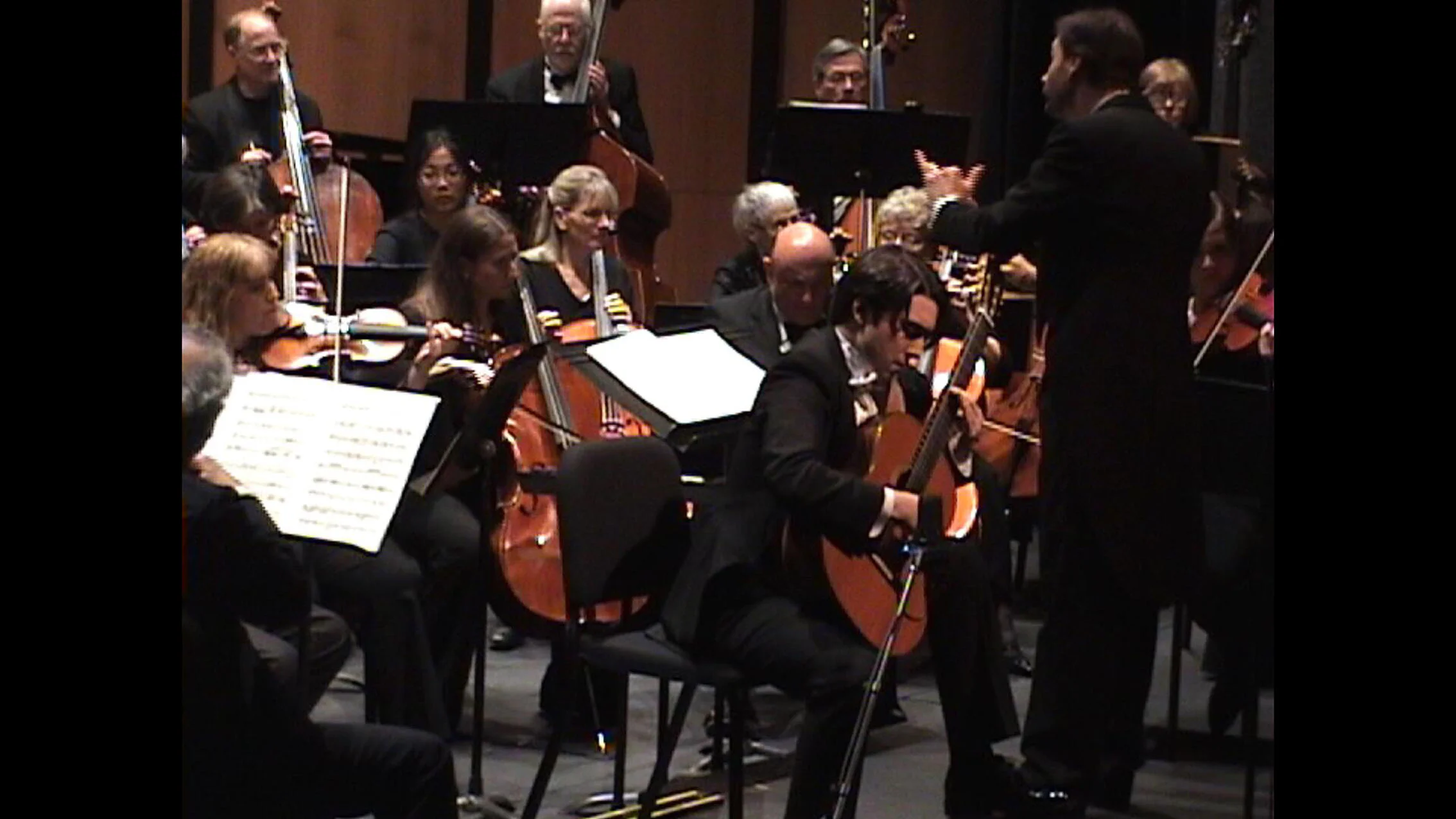RODRIGO CONCIERTO DE ARANJUEZ ADAGIO
Joaquín Rodrigo (1901-1999) composed the Concerto de Aranjuez in 1939 and since it has gone on to be called the perhaps the famous concerto ever written. Since then many myths have circulated around the process and especially the emotional second movement Adagio.
Rodrigo writes about the conception of his most famous composition:
How and why Concierto de Aranjuez came about
by Joaquín Rodrigo
In September of 1938, I was in San Sebastián on my return to France. (...) It was during a dinner organized by the Marqués de Bolarque with Regino Sainz de la Maza and myself. We ate well and the wine was not bad at all; it was the right moment for audacious fantasizing. (...) All of a sudden, Regino, in that tone between unpredictable and determined which was so characteristic of him, said:
Original Braille manuscript of the Concierto de Aranjuez
I quickly swallowed two glasses of the best Rioja, and exclaimed in a most convicing tone:
-All right, it's a deal!
The scene has remained engraved in my mind, because that evening constituted a pleasant memory in my life, and a moment of calm in those times that were not at all peaceful for Spain and indeed threatening for Europe.
I also remember -I don't know why but everything related to Concierto de Aranjuez has stayed in my memory-, that one morning several months later, standing in my small studio on Rue Saint Jacques in the heart of the Latin Quarter, vaguely thinking about the concerto, which had become a fond idea given how difficult I judged it to be, when I heard a voice inside me singing the entire theme of the Adagio at one go, without hesitation. And immediatly afterwards, without a break, the theme of the third movement. I realized quickly that the work was done. Our intuition does not deceive us in these things...
If the Adagio and the Allegro were born of an irresistible and supernatural inspiration, I arrived at the first movement after some thought, calculation and determination. That was the last movement I composed; I finished the work where I should have started it.
Joaquín Rodrigo, 1938
From Escritos de Joaquín Rodrigo
Having completely lost his sight at the age of three, all of Rodrigo's compositions were originally written in braille, of course including the complex score of this concerto. Afterwords, Rodrigo would dictate his score note for note to a copyist, who would painstakingly transcribe it into musical notation.




